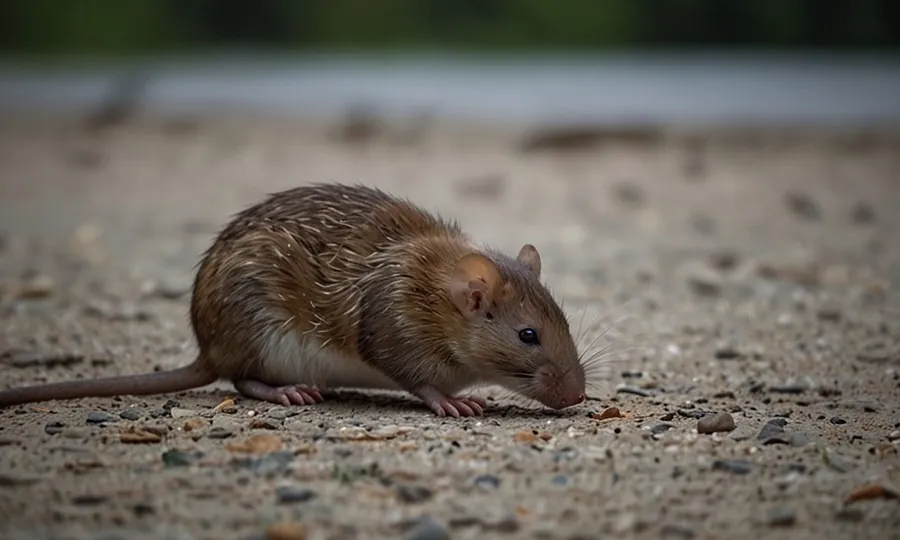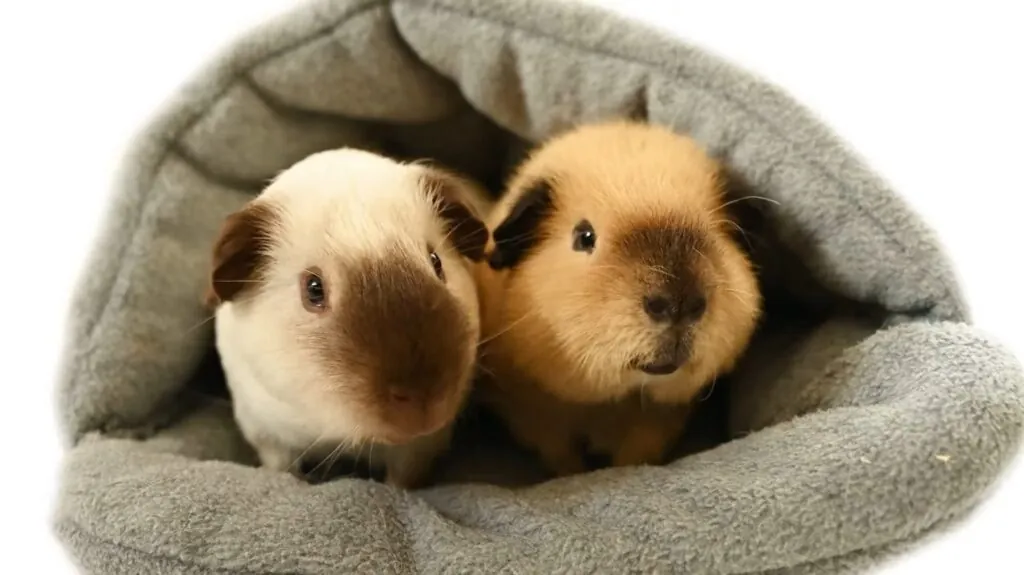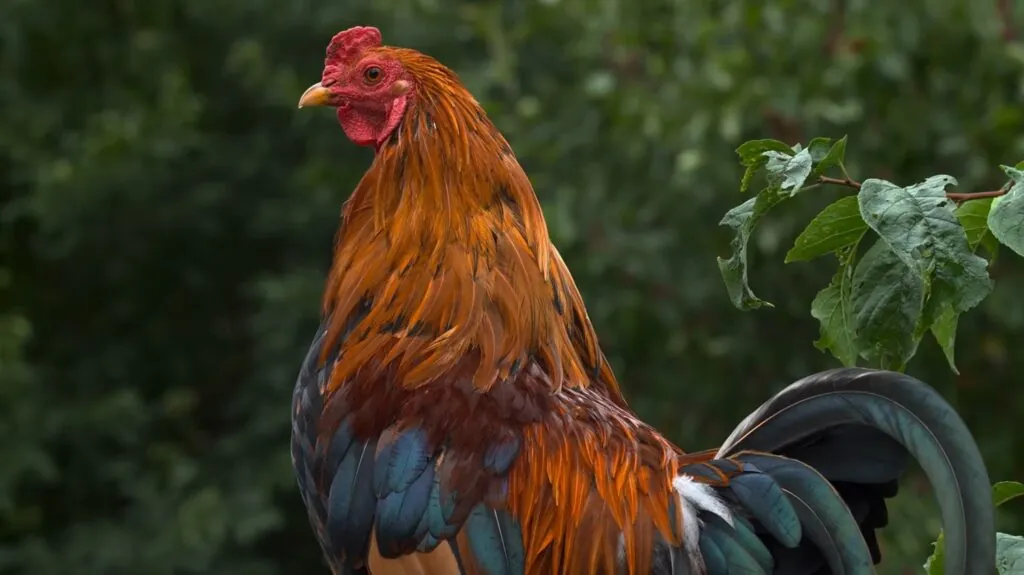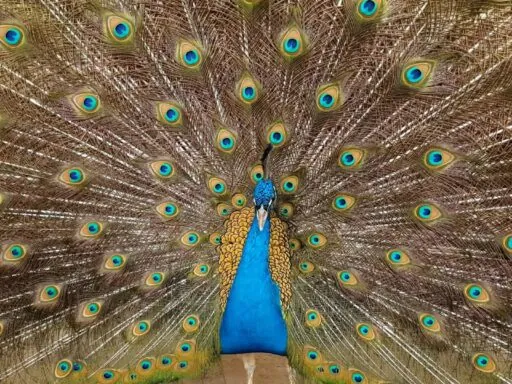When you think of scientific breakthroughs, it’s easy to picture laboratories filled with test tubes and microscopes. But behind many of these advancements are the animals that have become indispensable to research. From the tiny but mighty mice to the powerful pigs, these creatures play a crucial role in helping scientists unlock the mysteries of human biology, develop life-saving treatments, and advance our understanding of the world. In this article, we’ll delve into the top 10 animals used for research.
1. Mice

Mice are the backbone of biomedical research, representing about 95% of all animals used in scientific studies. Their genetic, biological, and behavioral characteristics closely resemble those of humans, making them invaluable for studying diseases and testing treatments.
Notably, the development of “humanized” mice, which possess human immune cells, has revolutionized research, particularly in understanding immune responses and developing vaccines. These models have been crucial in testing COVID-19 vaccines before human trials. The sheer number of mice used annually, estimated in the tens of millions globally, underscores their essential role in advancing medical science.
2. Rats

Rats are a cornerstone of laboratory research, often used in studies ranging from toxicology to behavioral science. Their close physiological and genetic similarities to humans make them ideal for studying complex systems such as the nervous and cardiovascular systems.
Roughly 20 million rats are used globally in research each year. They are particularly valuable in studies involving cognition, addiction, and disease modeling, with their use contributing to key discoveries in areas like Parkinson’s disease and cancer research. Their relatively short lifespan allows for the observation of disease progression and the effects of treatments over a condensed period.
3. Fish (Zebrafish)

Zebrafish, one of the animals used for research, have emerged as a powerful model organism in research due to their genetic similarity to humans – about 70% of human genes have a zebrafish counterpart. These small, transparent fish are particularly valuable in developmental biology, toxicology, and genetic research.
Each year, millions of zebrafish are used in labs worldwide, especially in studies related to organ development and disease modeling. Their rapid reproduction and external fertilization make them ideal for observing developmental processes in real time. Furthermore, their regenerative abilities provide unique insights into tissue regeneration, aiding in the study of human conditions like heart disease and spinal cord injuries.
4. Rabbits

Rabbits are commonly used in research, particularly in the fields of immunology, toxicology, and ophthalmology. Each year, over 140,000 rabbits are utilized in U.S. laboratories alone, primarily for safety testing of medical products and cosmetics. Their large eyes make them ideal for studying eye diseases and testing treatments for conditions like glaucoma.
Rabbits are also frequently used in the development of vaccines, such as those for rabies and HPV. Due to their unique immune response, rabbits have been pivotal in producing antibodies, which are essential for various diagnostic and therapeutic purposes.
5. Dogs

Dogs, particularly Beagles, are widely used in biomedical research due to their size, docile nature, and physiological similarities to humans. Each year, thousands of dogs are involved in studies, especially in areas like cardiovascular research, respiratory studies, and toxicology testing. Their role in developing life-saving treatments, such as insulin for diabetes, is significant.
Nevertheless, the use of dogs in research is heavily regulated, with strict ethical guidelines in place to minimize their use and ensure humane treatment. In 2020, approximately 60,000 dogs were used in research in the United States alone, reflecting their ongoing importance in medical advancements.
6. Cats

Cats, one of the animals used for research, are less commonly used in research compared to other animals, but they play a crucial role in neurological studies. Each year, a few thousand cats are used in the United States for research, primarily focused on understanding complex brain functions, spinal cord injuries, and visual processing. Their unique auditory and visual systems make them valuable models for studying human hearing disorders and visual impairments.
Research with cats has contributed to significant advances in understanding epilepsy, sleep disorders, and certain neurological conditions. In spite of their limited use, cats remain essential for specific areas of biomedical research where their physiological traits are particularly relevant.
7. Non-human Primates (Monkeys)

Non-human primates, particularly monkeys like rhesus macaques, play a critical role in scientific research due to their genetic and physiological similarities to humans. The U.S. alone dedicates $575-800 million annually to primate research, using these animals extensively in studies related to HIV, hepatitis, and neuroscience.
Monkeys have been vital in developing treatments for diseases such as Parkinson’s and HIV/AIDS. For example, research using rhesus monkeys led to the development of the first hepatitis B vaccine and crucial advancements in HIV prevention. Regardless of their importance in research, ethical concerns have driven efforts to improve their living conditions and reduce their use where possible.
8. Guinea Pigs

Guinea pigs are widely used in scientific research, particularly in studies involving infectious diseases, allergies, and nutrition. Despite their small size, these animals have proven invaluable due to their unique biological traits. For example, unlike many other rodents, guinea pigs cannot synthesize their own vitamin C, making them crucial models for studying vitamin deficiencies and related diseases.
Moreover, their susceptibility to respiratory pathogens has made them key subjects in researching airborne diseases, like influenza, which can spread via dust particles, a discovery that has added depth to our understanding of viral transmission mechanisms.
9. Pigs

Pigs, one of the top 10 animals used for research, play a crucial role in scientific research due to their physiological and anatomical similarities to humans, making them ideal models for studying human diseases and testing medical treatments. One groundbreaking application has been in xenotransplantation, where genetically modified pig organs, such as hearts and kidneys, are transplanted into humans.
For instance, recent experiments successfully grew humanized kidneys within pig embryos, with these organs consisting of up to 60% human cells. This milestone holds promise for addressing the critical shortage of human organs for transplant, although significant ethical and technical challenges remain.
10. Birds (Chickens)

Chickens play a crucial role in scientific research, particularly in developmental biology and vaccine production. They have been used to study congenital heart defects and were instrumental in the discovery of the first cancer-causing virus, the Rous sarcoma virus. Additionally, chickens are vital for producing influenza vaccines, where fertilized eggs are used to cultivate the virus. Globally, chickens are abundant, with Asia housing nearly 46% of the world’s population of over 33 billion chickens, highlighting their significance in both research and food production.
The ranked animals used for research were selected based on their prevalence in scientific research, their physiological and genetic similarities to humans, and the significant contributions they have made to advancements in medical and biological sciences. Each species was chosen for its unique attributes that make it particularly valuable for specific types of studies, such as genetic research, disease modeling, vaccine development, or surgical testing.



